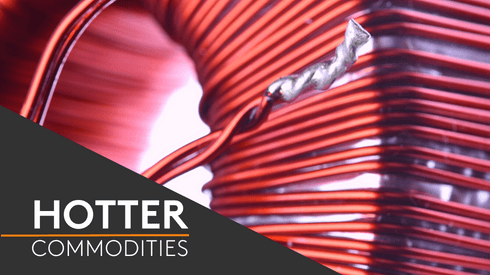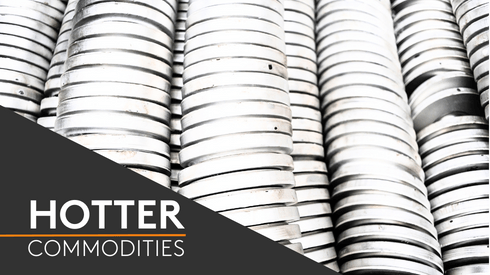Aluminium has been trading in a volatile year. Global ESG policies, labour shortages, logistical issues, tight supply, and rising consumer demand have seen aluminium pricing shoot to record highs. More imminently, inflation and soaring energy costs mean that many smelters across Europe and the USA have been forced to curtail, idle or shut down entirely as production becomes too expensive to maintain and extremely difficult to restart once offline.
Secondary aluminium, infinitely recyclable, lightweight, 95% less energy-intensive than primary aluminium and adaptable, may not be the silver bullet to solve all the industry’s sustainability targets. However, its circularity means it could play a more significant role in closing the loop, bringing us closer to reducing CO2 levels. But only if it’s sourced locally and there’s enough of it.
Here we look at demand and price trends of scrap and secondary aluminium across Europe and North America.






